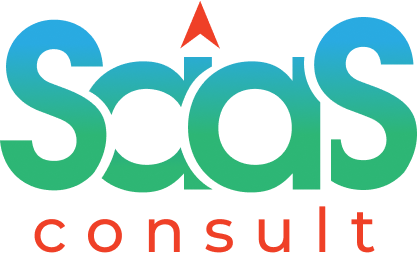In the competitive landscape of Software-as-a-Service (SaaS) companies, customer retention is paramount for sustainable growth and success. Retaining existing customers is more cost-effective than acquiring new ones, and loyal customers often become brand advocates. Implementing effective Go-to-Market (GTM) strategies for customer retention can help SaaS companies build lasting relationships, reduce churn, and drive long-term revenue. This comprehensive guide explores essential GTM strategies for successful customer retention in the SaaS industry.
1. Understanding the Importance of Customer Retention:
Customer retention is the foundation of a thriving SaaS business. A strong focus on retaining customers ensures a steady revenue stream, enhances brand reputation, and leads to increased customer lifetime value (CLV). It also lays the groundwork for upselling and cross-selling opportunities.
2. Personalization and Customer Success:
Personalization is key to successful customer retention. Tailor your product offerings and communication to meet the unique needs and preferences of each customer segment. Implement proactive customer success initiatives to ensure customers achieve their desired outcomes with your SaaS product.
3. Monitoring and Analyzing Customer Metrics:
Regularly track and analyze customer metrics to gain insights into customer behavior and usage patterns. Key performance indicators (KPIs) such as churn rate, customer satisfaction (CSAT) score, and Net Promoter Score (NPS) provide valuable data to inform your retention strategies.
4. Targeted Customer Engagement and Communication:
Segment your customer base and create targeted communication strategies for each segment. Engage customers through personalized emails, in-app messages, and social media interactions. Use data-driven insights to deliver relevant content and promotions.
5. Building a Customer Community:
Foster a sense of community among your customers. Create a platform where they can share experiences, provide feedback, and interact with your team and other users. A strong community enhances customer loyalty and creates brand advocates.
6. Offering Continuous Value and Product Updates:
Regularly update your SaaS product to offer new features and improvements. Keep your customers engaged and excited about the value your product brings to their businesses. Demonstrate your commitment to meeting their evolving needs.
7. Implementing Customer Loyalty Programs:
Reward customer loyalty through tiered loyalty programs or exclusive perks for long-term customers. Incentivize customers to stay with your SaaS product by offering discounts, upgrades, or access to premium content.
8. Addressing Customer Concerns and Feedback:
Listen to customer feedback and address concerns promptly. Offer excellent customer support and take a proactive approach to resolve issues. Happy customers are more likely to stay loyal to your SaaS brand.
9. Upselling and Cross-Selling to Existing Customers:
Leverage upselling and cross-selling opportunities to increase customer retention and revenue. Offer relevant upgrades and complementary products based on each customer’s usage and preferences.
10. Proactive Renewal Management:
Take a proactive approach to manage customer renewals. Reach out to customers well before their subscription expires to discuss their experience and provide options for renewal. Offer incentives to encourage timely renewals.
GTM strategies for SaaS customer retention play a vital role in fostering long-term customer relationships and driving business growth. By understanding the significance of customer retention, implementing personalized customer success initiatives, and monitoring customer metrics, SaaS companies can improve customer loyalty and reduce churn.
Targeted customer engagement, building a customer community, and offering continuous value through product updates are essential steps to retaining customers. Implementing customer loyalty programs, addressing feedback, and leveraging upselling and cross-selling opportunities further contribute to successful customer retention.
By prioritizing proactive renewal management and consistently delivering exceptional customer experiences, SaaS companies can build a loyal customer base and position themselves for sustainable success in the competitive SaaS landscape.

